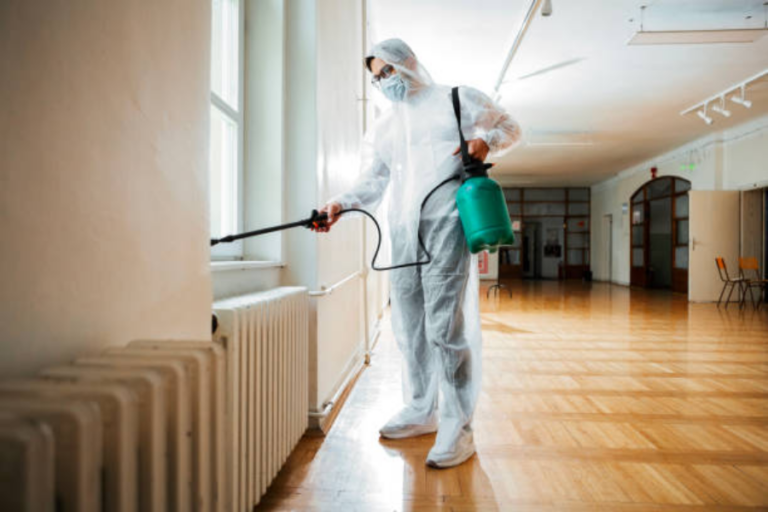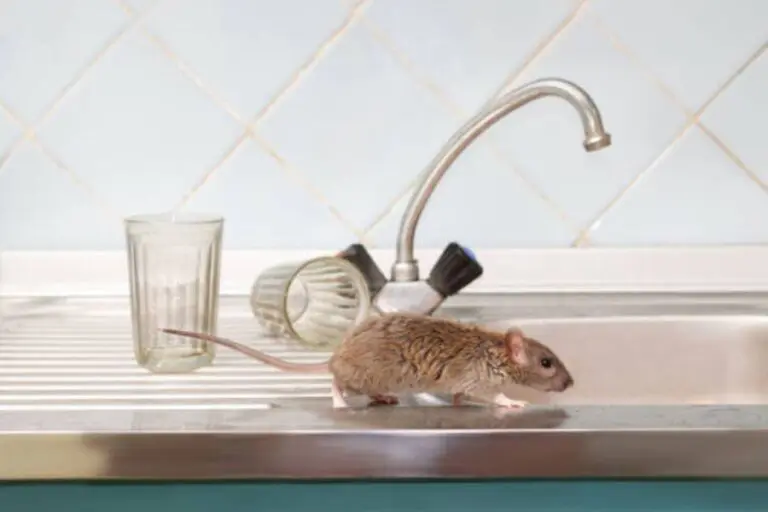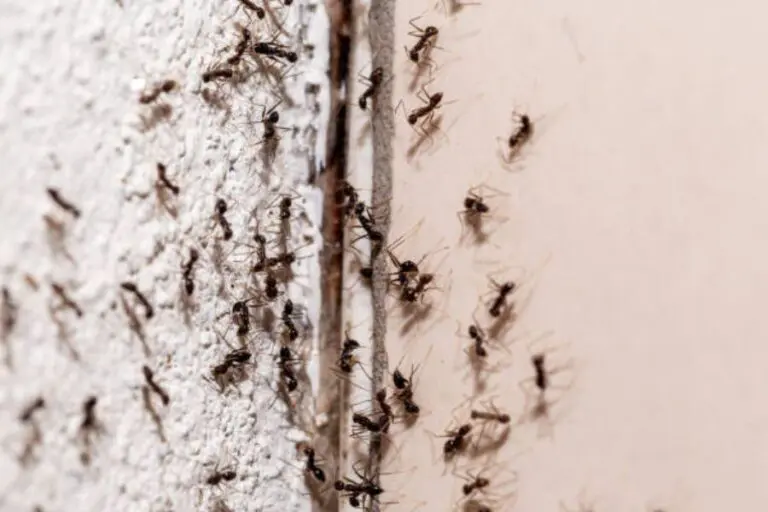Fleas: A Comprehensive Guide to Flea Infestations
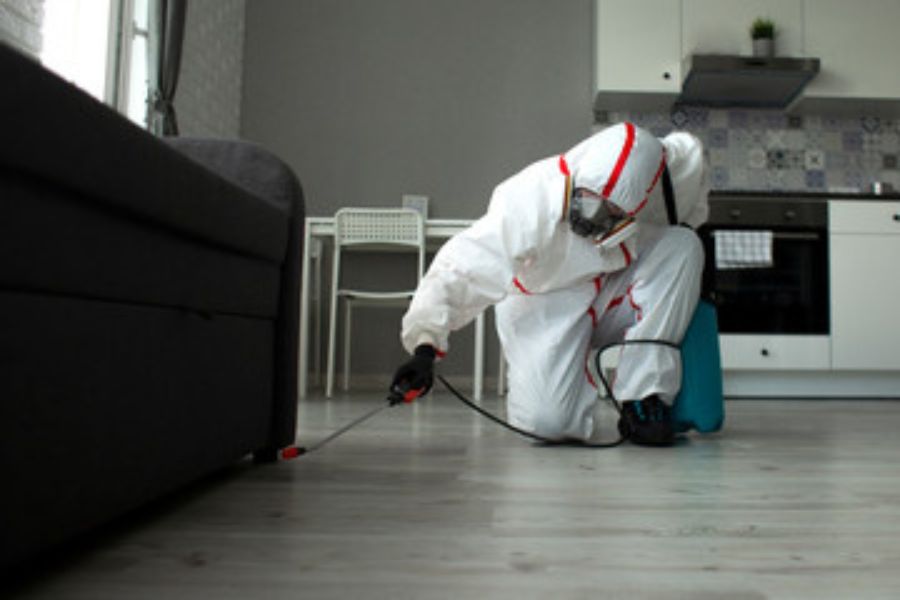
Fleas, those tiny, wingless parasites, are a persistent problem for pets and pet owners. Their blood-feeding habits often lead to skin irritation, allergic reactions, and the potential spread of diseases. Understanding their behaviour, life cycles, and the best prevention methods is key to managing these resilient pests. This knowledge is crucial for keeping pets safe and homes free from fleas.
What Are Fleas? Overview of Life Cycle and Risks
Fleas are parasitic insects with a complex life cycle of four stages: egg, larva, pupa, and adult. The adult flea, which feeds on a host’s blood, can lay up to 50 eggs daily. Eggs fall off the host and embed themselves in carpets, bedding, and cracks in flooring. Larvae emerge and feed on organic matter before spinning cocoons and transforming into pupae, where they can lie dormant for weeks or months until environmental cues like vibrations or warmth signal the presence of a host.
This resilience is why flea infestations can rapidly grow out of control. The risks of fleas include discomfort from bites, allergic reactions, skin infections from excessive scratching, and potential disease transmission. For example, fleas can carry tapeworm larvae, which pets may ingest while grooming, leading to tapeworm infections. Flea bites can also cause anaemia, particularly in young or small animals.
How Pets Typically Acquire Fleas
Fleas are opportunistic hitchhikers, waiting in outdoor environments or on infested animals to leap onto passing hosts. Pets often acquire fleas through direct contact with other animals—at parks, kennels, or during neighbourhood walks. Fleas are adept jumpers, covering distances up to 200 times their body length to latch onto a new host.
Outdoor areas such as tall grass, leaf litter, and underbrush are typical flea habitats. Even a flea brought home on a pet can lay the groundwork for an infestation in the home. Fleas may also be brought indoors on pet bedding, furniture, or even people, which can introduce fleas to indoor-only pets.
Fleas and Indoor-Only Pets: Risk Factors and Prevention
Indoor-only pets are not entirely safe from fleas, as these pests can still enter homes through human hosts or other animals. Fleas can attach to clothing, shoes, and bags or slip through small gaps in screens, doors, or vents. Even a quick interaction with an infested animal can be enough to bring fleas into the home.
To protect indoor-only pets, pet owners should regularly inspect their animals for signs of fleas, such as flea dirt or excessive scratching, even if the pet does not go outdoors. Regular cleaning, vacuuming, and grooming can also help minimise the risk of infestation. By staying proactive and maintaining a clean environment, pet owners can significantly reduce the chances of their pets getting infested. Preventive treatments should still be used on indoor-only pets, as these are among the most effective ways to deter fleas from establishing themselves.
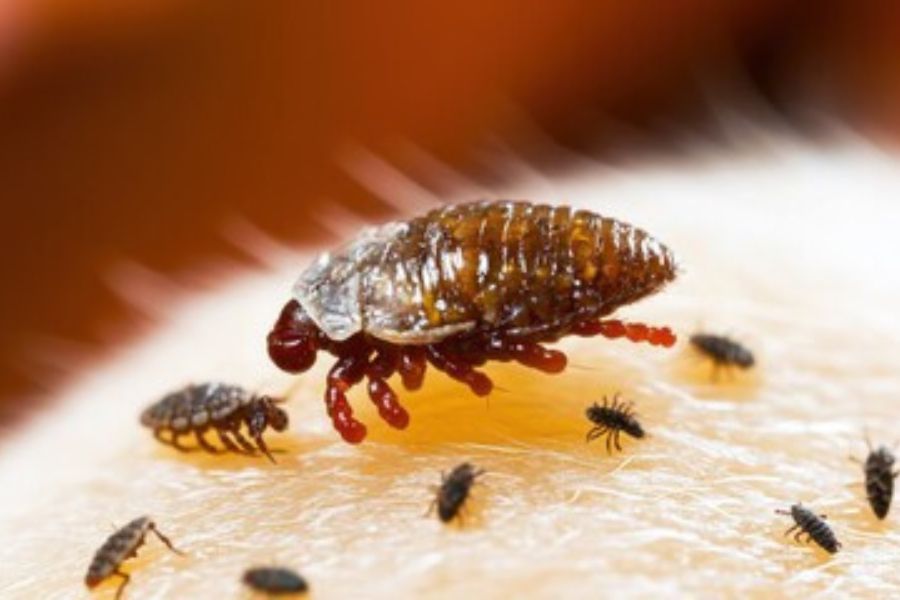
Steps to Prevent Flea Infestations
Preventing flea infestations requires a multi-faceted approach that combines regular treatment, grooming, environmental management, and awareness. As a pet owner, your vigilance and proactive measures are crucial in keeping your pets safe from fleas. By understanding the risks and taking preventive actions, you can significantly reduce the chances of a flea infestation in your home.
Flea-Prevention Products: Monthly topical treatments, oral medications, flea collars, and sprays offer effective flea prevention. Some products act as repellents, while others kill adult fleas, eggs, and larvae on contact.
Regular Grooming: Brushing pets with flea combs helps identify and remove fleas before they spread. Regularly bathing pets with pet-safe flea shampoos can help remove any lingering fleas.
Home Environment Management: Frequent vacuuming is essential, especially in areas where pets frequent. Washing pet bedding and cleaning furniture can eliminate eggs and larvae. Flea-control sprays designed for home use can help reduce flea populations in the environment.
Outdoor Yard Care: Fleas thrive in shaded, humid areas, so keeping grass trimmed, clearing leaf litter, and treating yards with pet-safe flea repellents can deter them.
Frequency of Flea-Prevention Treatments
The recommended frequency of flea-prevention treatments varies by product. Most topical treatments are applied monthly, while some oral medications last up to three months. Collars release flea-repelling chemicals slowly and can protect for several months. It’s essential to follow the product instructions closely for maximum effectiveness, as missing applications can leave pets vulnerable to infestation.
Consulting a veterinarian for product recommendations is crucial, especially in regions with heavy flea populations or for pets with allergies or sensitive skin. By seeking professional advice, pet owners can ensure they use the most effective and safe flea prevention methods for their pets. This consultation can provide reassurance and confidence in their flea prevention efforts.
Factors Influencing Flea Treatment Frequency
The environment, pet lifestyle, and individual pet health are significant in determining flea treatment frequency. Factors such as warmer climates, high humidity, or regular exposure to other animals can increase the risk of fleas, requiring more frequent treatment. Pets with outdoor access or regularly interacting with other animals may also need more robust flea prevention. Veterinary advice is invaluable in determining treatment schedules tailored to a pet’s specific needs.
Recognising Flea Infestation in Non-Traditional Pets
Regular inspections and grooming are not just for cats and dogs. Even non-traditional pets like rabbits, ferrets, guinea pigs, and birds can suffer from fleas. By being proactive in these tasks, pet owners can detect fleas early and prevent infestations from spreading.
Precautions for Multiple Pet Households
If one pet in a household has fleas, it’s critical to treat all animals simultaneously. Fleas can move between pets, using each as a host and laying eggs in common areas. Treating all pets simultaneously helps break the flea life cycle and prevents fleas from re-establishing on untreated animals. Cleaning the home environment, including carpets, bedding, and furniture, is equally important to eliminate any remaining flea eggs, larvae, or pupae.
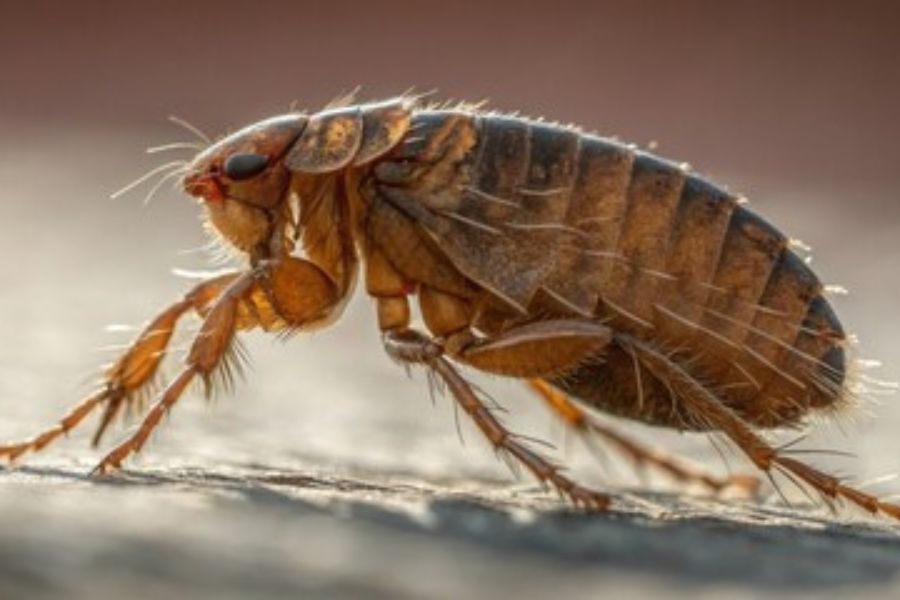
Treating Fleas in Non-Traditional Pets
Flea treatment for non-traditional pets, such as reptiles, rodents, or birds, requires careful product selection to avoid toxic effects. Treatments designed for cats and dogs can harm these animals. Veterinarians with experience treating exotic animals can recommend safe flea control products or suggest alternative methods to control fleas, such as environmental management and regular enclosure cleaning.
Outdoor Flea Prevention Strategies
Outdoor environments are hotspots for fleas, so implementing preventative strategies is crucial. Keeping grass trimmed and clearing yard debris can reduce flea habitats. Using pet-safe sprays or granules in the yard can create a flea-repellent barrier. For pets outdoors, using flea-prevention products and inspecting them upon re-entry helps prevent fleas from hitching a ride indoors.
Regional Factors Affecting Flea Infestation Risks
Geography and climate play significant roles in flea prevalence. Fleas thrive in warm, humid environments, making areas with mild winters and wet summers particularly prone to infestations. Areas with a high density of wild animals, such as raccoons, squirrels, and feral cats, also have higher flea populations, increasing the risk of transmission to pets. Understanding local flea patterns allows pet owners to take proactive measures, especially during peak flea season.
Final Considerations and Summary
Preventing and managing flea infestations requires consistent effort. Pet owners can effectively protect their pets and homes by combining regular use of flea-prevention products, maintaining a clean home environment, and understanding flea behaviours and habitats. Fleas may be resilient, but with informed preventive measures, pet owners can keep these pests at bay, ensuring a comfortable and healthy environment for their furry friends.
Fleas may be tiny, but their impact can be significant, causing discomfort, health issues, and even household infestations. Understanding flea behaviour, prevention methods, and the importance of consistent treatment is essential in managing and preventing flea infestations. Regular consultations with a veterinarian, especially if pets have persistent flea issues or allergies, can further ensure pets remain healthy and flea-free year-round. By being vigilant and proactive, pet owners can effectively protect their homes and pets from the risks associated with fleas.
